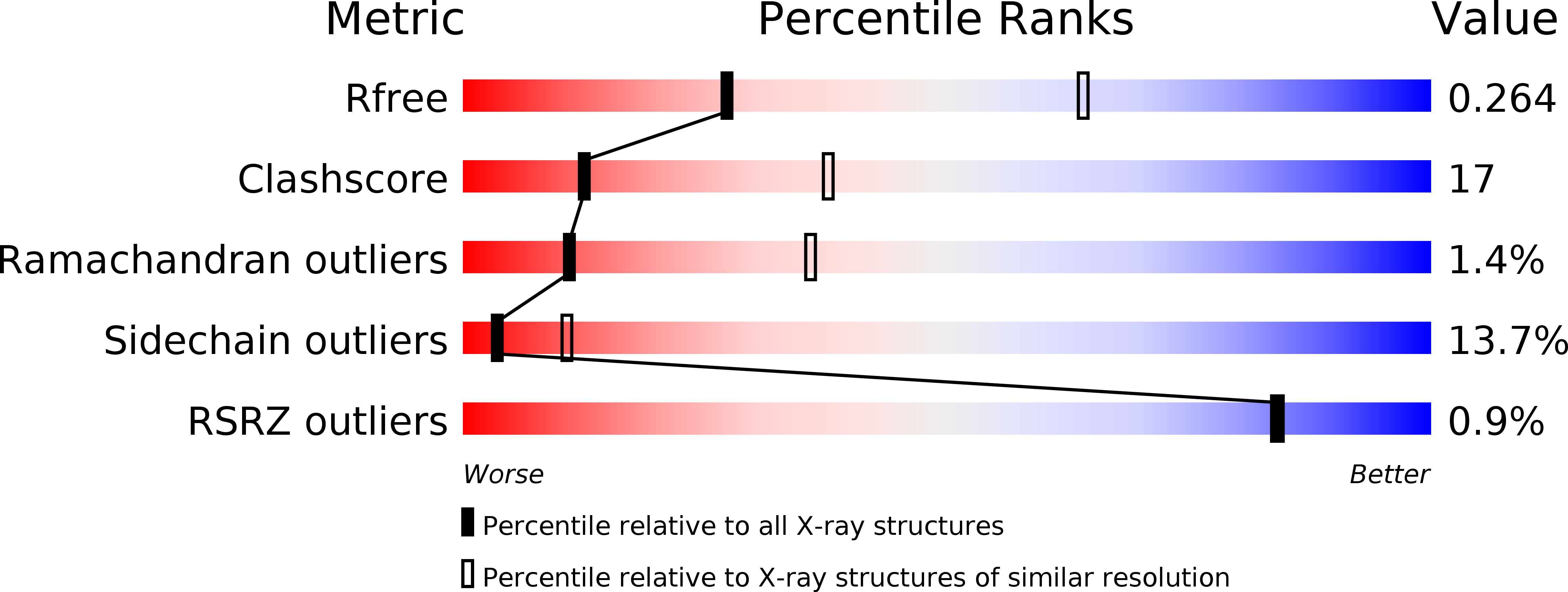
Deposition Date
2004-05-17
Release Date
2004-06-08
Last Version Date
2024-02-14
Entry Detail
PDB ID:
1T9G
Keywords:
Title:
Structure of the human MCAD:ETF complex
Biological Source:
Source Organism:
Homo sapiens (Taxon ID: 9606)
Host Organism:
Method Details:
Experimental Method:
Resolution:
2.90 Å
R-Value Free:
0.26
R-Value Work:
0.19
R-Value Observed:
0.19
Space Group:
P 21 21 21


